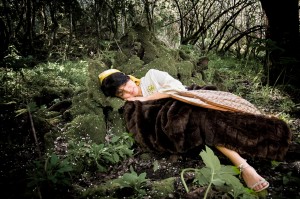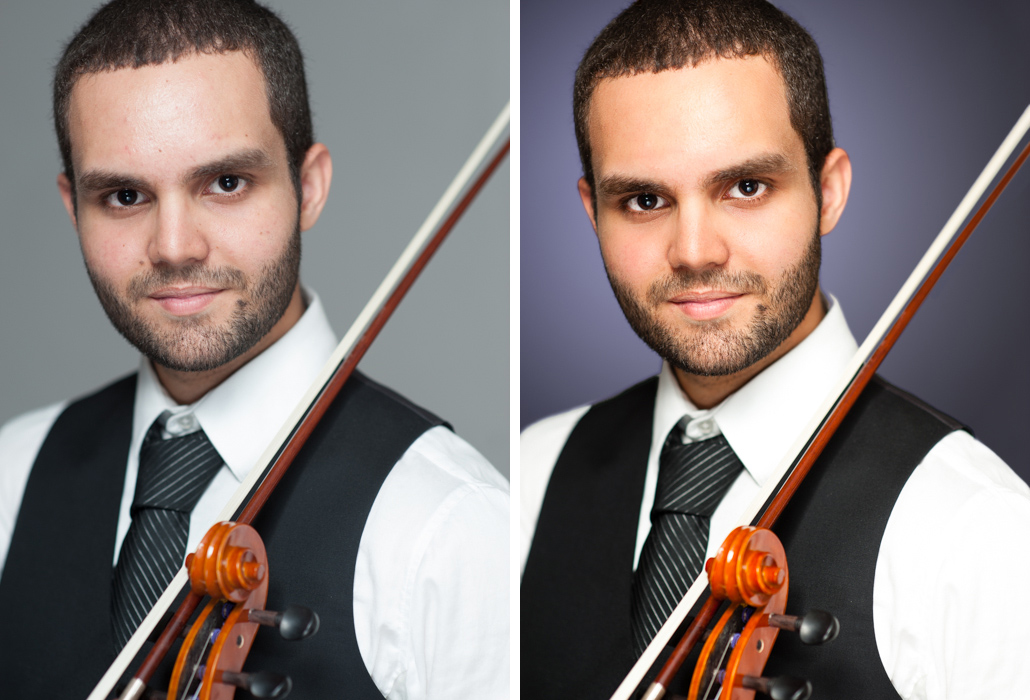Possibly the five most reviled words in the industry. Utter them within earshot of a filmmaker or photographer and you can be sure their estimation of you will drop fifty points. And while it’s bad enough to hear them from a client or account exec, if they come out of the mouth of someone on the creative team, you can bet they won’t be for much longer. In fact the words are so loathed and so antithetical to good creative work that a different five-word phrase came about as a response and quickly became mantra to all good photographers:
“Get it right in-camera.”
 You’ll hear this repeated by everyone, from gurus to instructors to peers to assistants. A true photographer doesn’t rely on Photoshop to produce good work. They get it right, in-camera, or they don’t get it at all. And while this is a great philosophy to have, I’ve found it’s easier to be principled in theory than practice. It’s easy to say, “Oh I never crop my images. I get it right or not at all.” when shooting the breeze with other photographers; it’s a little tougher when you’re looking at a beautiful landscape photo marred by an unnoticed tree branch coming in from off of the frame.
You’ll hear this repeated by everyone, from gurus to instructors to peers to assistants. A true photographer doesn’t rely on Photoshop to produce good work. They get it right, in-camera, or they don’t get it at all. And while this is a great philosophy to have, I’ve found it’s easier to be principled in theory than practice. It’s easy to say, “Oh I never crop my images. I get it right or not at all.” when shooting the breeze with other photographers; it’s a little tougher when you’re looking at a beautiful landscape photo marred by an unnoticed tree branch coming in from off of the frame.
I’ve never really held too closely to the nigh-Platonic Ideal of getting it entirely in-camera. As someone who does a lot of his work in a tiny studio with low ceilings, I deal with a lot of limitations that I have to compensate for in post. Practice makes pragmatists, after all, and that goes doubly-so when you’re broke.
 To me, post-production is just another tool in the kit, alongside my camera gear, my lighting, my client rapport, and the other skills I bring into play when working. And just as I’ll break out my strobes to compensate for poor lighting, I’ll break out Photoshop to compensate for studio limitations. Sure, it’d be great to have a big enough studio that allowed me to gel backdrops, but I’ve got five feet of working space and a wrinkled muslin. So I go into Photoshop and add a subtle background gradient to emulate a gelled strobe. And yeah, I’d love to be able to have a makeup artist on hand for all of my shoots, but that’s not always possible when I’m asking them to work for free, so I take it into Photoshop and spend hours retouching skin.
To me, post-production is just another tool in the kit, alongside my camera gear, my lighting, my client rapport, and the other skills I bring into play when working. And just as I’ll break out my strobes to compensate for poor lighting, I’ll break out Photoshop to compensate for studio limitations. Sure, it’d be great to have a big enough studio that allowed me to gel backdrops, but I’ve got five feet of working space and a wrinkled muslin. So I go into Photoshop and add a subtle background gradient to emulate a gelled strobe. And yeah, I’d love to be able to have a makeup artist on hand for all of my shoots, but that’s not always possible when I’m asking them to work for free, so I take it into Photoshop and spend hours retouching skin.
At the end of the day, my duty is to the image. My only job is to produce the best photo I’m capable of presenting my client, and while I strive for the ideal of getting it 95% in-camera (every image needs at least a little bit of tweaking), I know that’s not always gonna be possible. Not yet, at least. So until I get that deep studio with the 9′ ceilings and rolls of grey seamless, I’m just gonna have to fix it in post.
When you’re cooking for yourself, you can worry about how you make the sausage. When cooking for a customer, all that matters is how it tastes.
